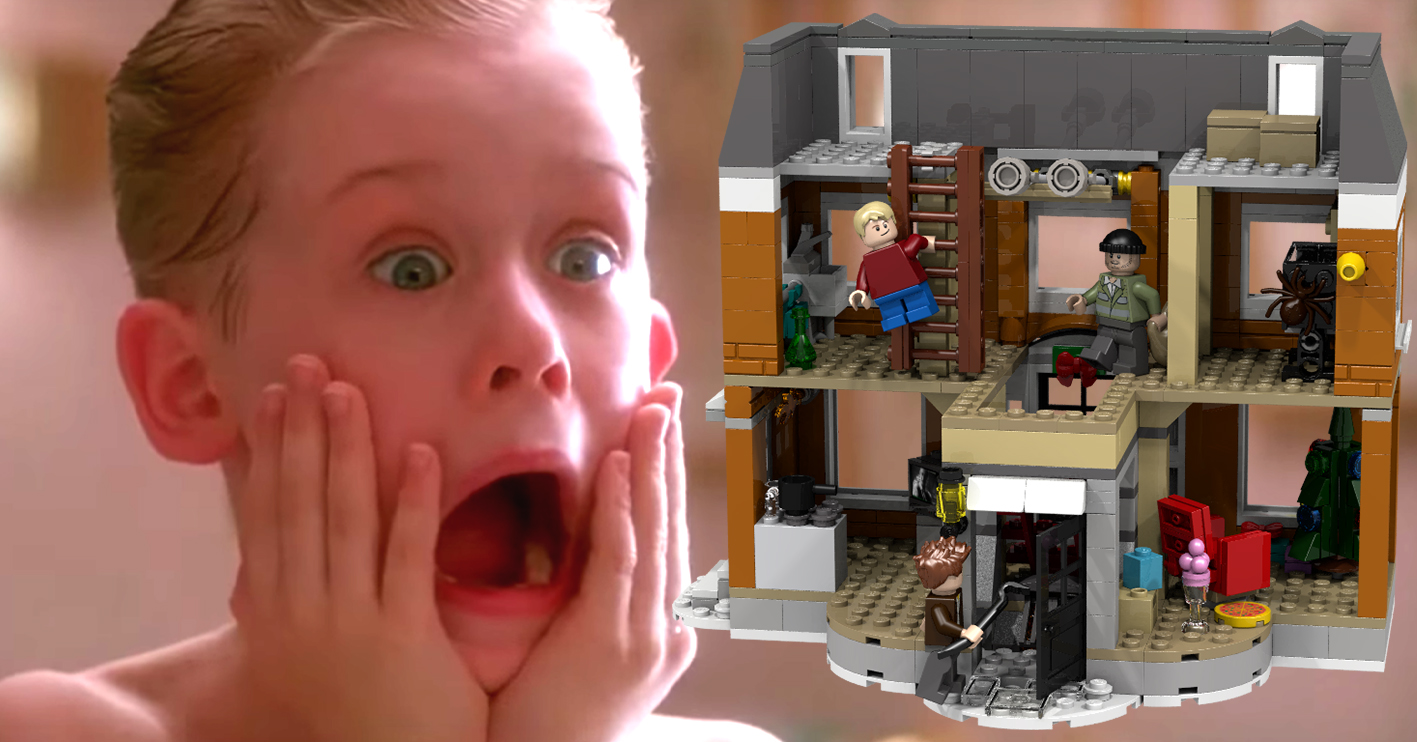At long last, one of everybody’s favourite childhood toys is set to cross over with one of everybody’s favourite childhood movies.
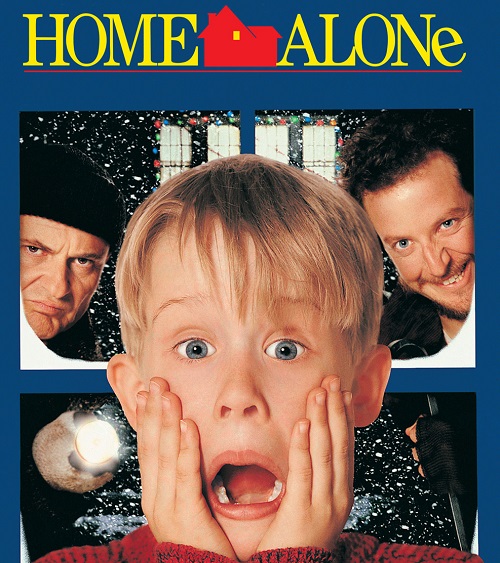
That’s right, there’s a Lego set on the way based on the iconic house from 1990’s Christmas comedy classic Home Alone.
[rtk_adunit_top]
As everyone familiar with the beloved film will remember, Home Alone’s unforgettable climax sees Macaulay Culkin’s precocious pre-teen Kevin McCallister booby-trap his house against Joe Pesci and Daniel Stern’s bungling burglars.

This upcoming Lego set will allow fans to build their own three-dimensional replica of the McCallister house in which to torment those dim-witted would-be thieves.
[rtk_adunit_middle]
The Home Alone house is a fan-designed Lego set, chosen to go into wide release from Lego Ideas, a platform that allows Lego enthusiasts to dream up sets of their own and pitch them to the toy company.

Many of the most popular sets to have started life as Lego Ideas designs include other movie/TV spin-offs, such as The Beatles’ Yellow Submarine, Ecto-1 from Ghostbusters, the DeLorean from Back to the Future and the apartment from The Big Bang Theory.
[rtk_adunit_bottom]
Another new Lego Ideas pitch that Lego will soon be releasing is also based on a popular 90s screen property: Jerry’s apartment from sitcom Seinfeld.
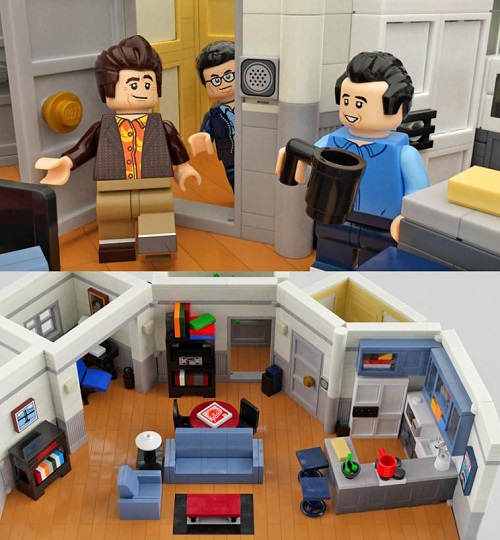
The Home Alone set was designed by Alex Storozhuk, whilst the Seinfeld set was designed by Brent Waller. These winning entries were voted to go into production by other Lego Ideas users, each receiving over 10,000 votes.
The Home Alone and Seinfeld Lego sets will be going on sale at some point in 2021; no confirmed release dates have been announced at present.

In the roster of beloved family Christmas movies, it’s fair to say that the films of the Home Alone franchise – the first two, at least – rank pretty highly for most people, thanks to their mix of pure nostalgia and Macaulay Culkin’s supremely adorable face.
With that said, as much as the films might seem like the perfect companion to a night of snoozing on the sofa with a box of Celebrations, the films are – if you look closer – actually the sinister tale of one young sociopath’s descent into madness.
Some fans are so concerned about the young McCallister, one theory posits that Kevin actually grows up to be the titular killer of the horror series Saw. Either way, there’s no doubt that Kevin is the villain of these slapstick Christmas comedies, and here are some reasons why.
He is fascinated by serial killers
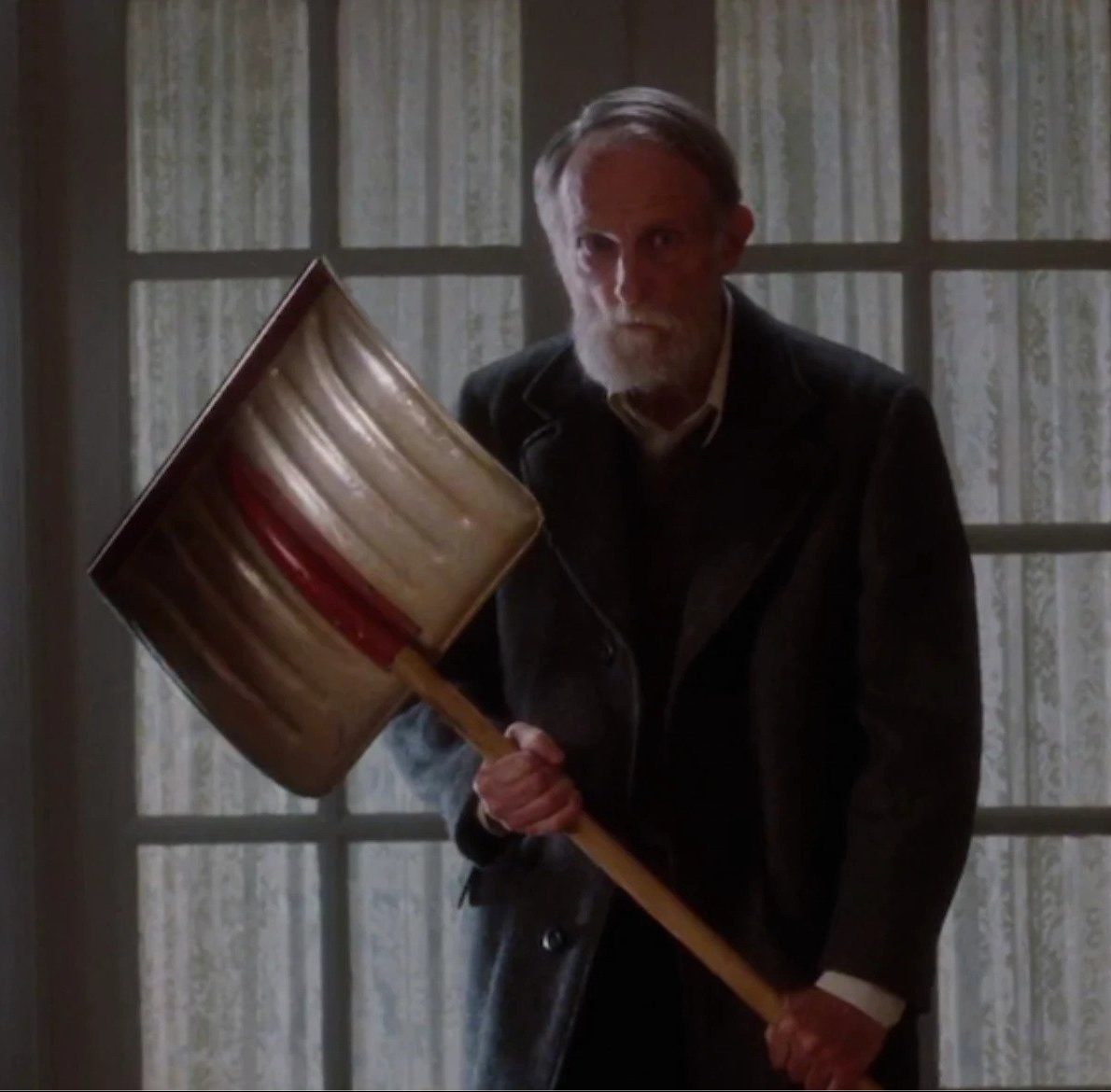
Every Christmas movie needs a heart-warming theme; for the Home Alone franchise, the warm and fuzzy moral is usually that the scary adult isn’t so bad after all.
[rtk_adunit_top]
Throughout the first two movies, Kevin learns that Old Man Marley is actually just a kind and lonely gentleman with a sad backstory and that the homeless lady who feeds pigeons in Central Park is actually compassionate and intelligent.
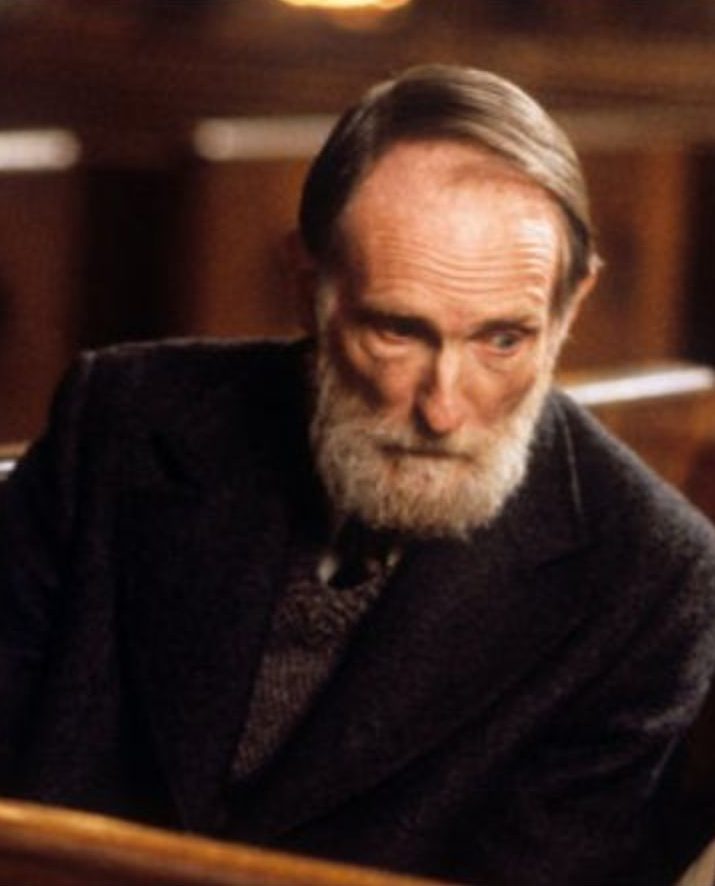
That aside, it’s worth saying that Kevin is fascinated by Old Man Marley from the very beginning, and not because he thinks he’s secretly a sweet old man.
[rtk_adunit_middle]
No, Kevin is instead obsessed with the rumour that Marley is a serial killer, and eagerly devours details of him kidnapping, killing and mummifying his victims as the South Bend Shovel Slayer.
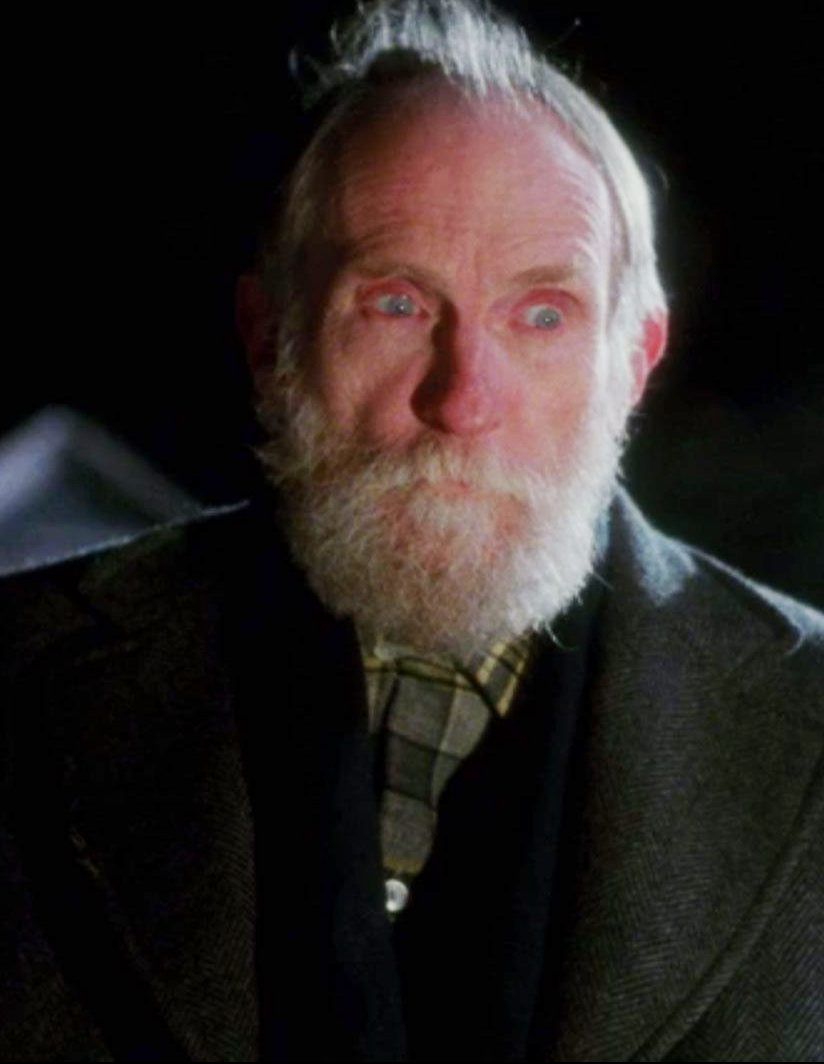
As scared as Kevin is, he seems thrilled by the idea that his neighbour is a murderer, and maybe a little dissapointed when he finds out he isn’t.
[rtk_adunit_bottom]
He tortures innocents for fun
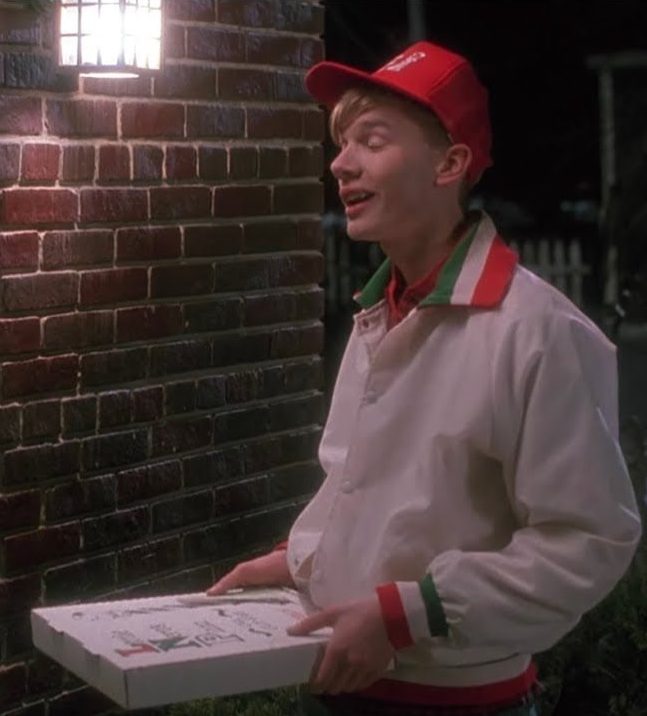
One of the main ways that people justify the extreme violence of the Home Alone movies is by arguing that Kevin only really injures people in self-defence.
[rtk_adunit_top]
Even when he’s technically acting in a more extreme way that is strictly necessary, nobody falls victim to Kevin’s childish wrath unless they deserve it.

The problem is, even when you ignore the obvious responses to that – that Kevin could call the police at any point instead of constructing elaborate traps, and that even the burglars probably don’t deserve the extent of violence they’re subjected to – the argument’s still not strictly true.
[rtk_adunit_middle]
Before Kevin uses any of his psychological torture on Harry and Marv, he makes a totally innocent pizza delivery boy believe he is about to be shot, just so he drops the pizza and flees.

Not only is that a traumatising situation for anybody to be in, but it’s made worse by the fact that the pizza boy is definitely on minimum wage, and probably had to pay for the stolen pizza as well as being yelled at by his boss. Despicable.
[rtk_adunit_bottom]
He gaslights his mother
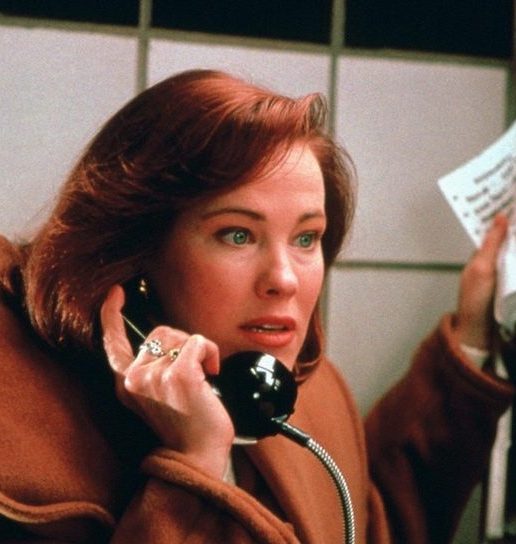
Any situation where a child gets lost and a mother leaves them behind should be pretty straightforward, in that it should definitely be the mother’s fault.
[rtk_adunit_top]
With that said, as much as Mrs McCallister’s careless oversight is definitely a part of what went wrong, Kevin’s response to the whole situation deserves some share of the blame too.
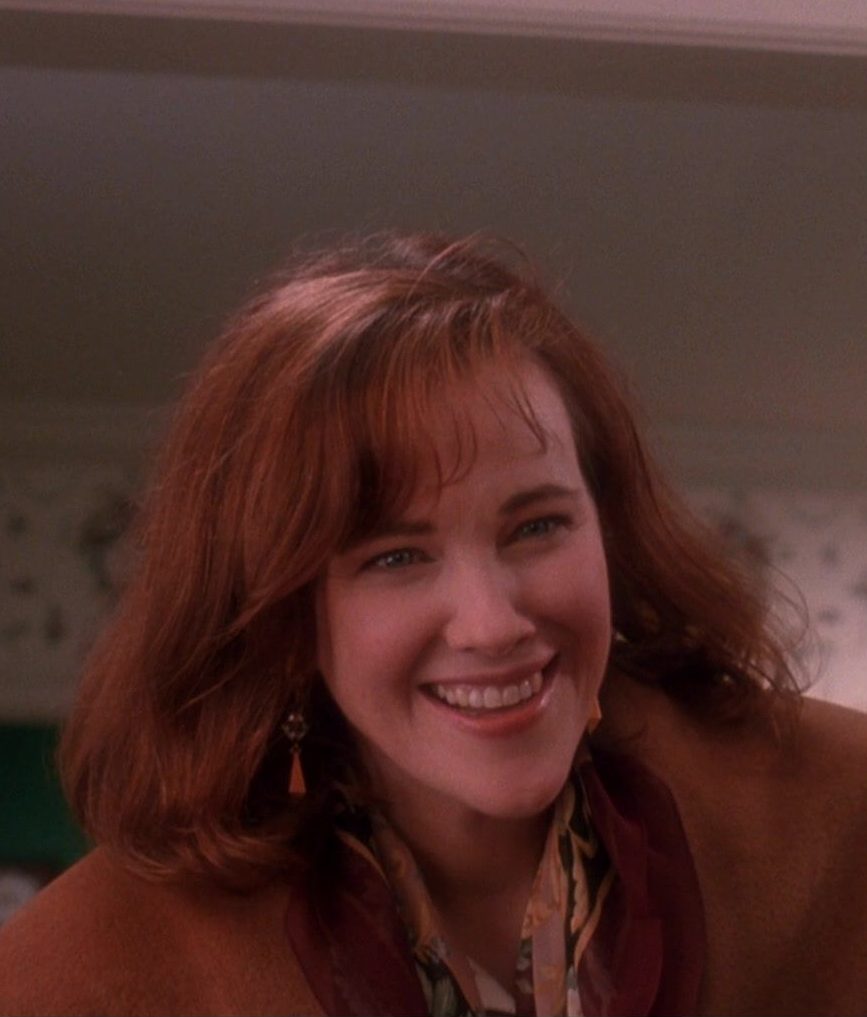
In Home Alone 2: Lost in New York, Kevin literally pretends to have not made it into the minibus to the airport, just to mess with his mother.
[rtk_adunit_middle]
That might seem perfectly justified given her actions in the first movie, but Kate’s reaction immediately proves that she’s totally traumatised by her ‘mistake’.

Mrs McCallister immediately goes into meltdown any time she thinks she’s lost Kevin again, and goes above and beyond to find him whenever she actually does. Kevin rewards this by slyly reminding her of her failings constantly, and reaping the benefits of her trauma and regret.
[rtk_adunit_bottom]
He has no self-control
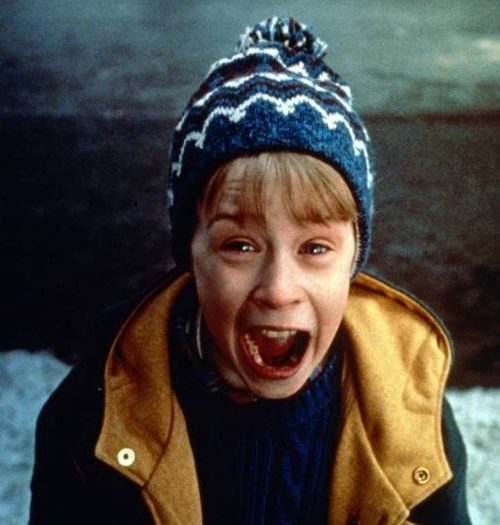
Families can be annoying at the best of times, and there’s no denying that Christmas is a time where all that extra tension can bubble up to the surface.
[rtk_adunit_top]
Having all your extended family in one place for the holidays is a sure-fire recipe for arguments, but Kevin’s response to conflict points to a serious inability to deal with any kind of stress.
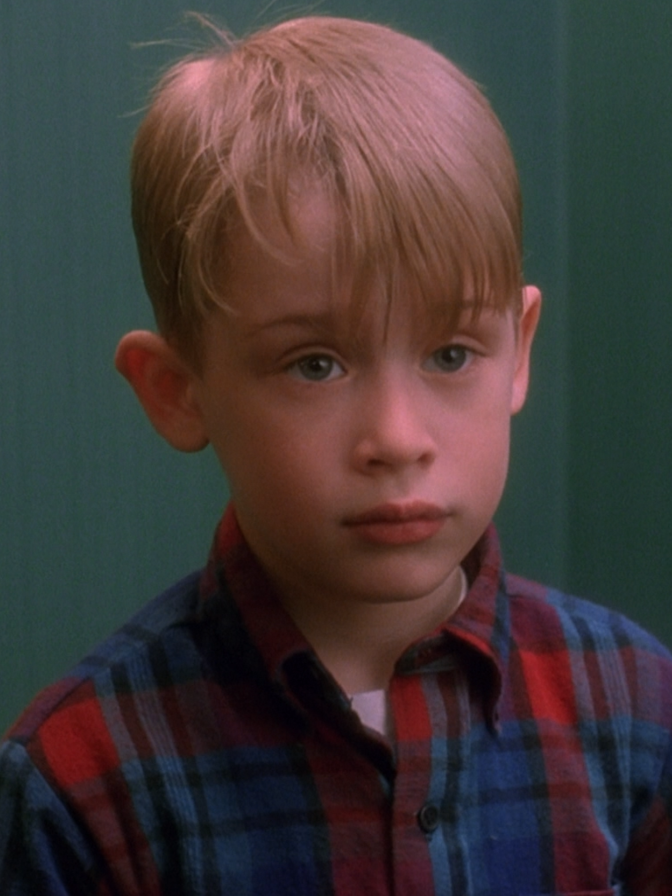
This maybe explains his borderline horrifying response to the burglars, aka the Wet Bandits.
[rtk_adunit_middle]
Kevin is first deprived of his plain cheese pizza and then made to share a bed with someone who is planning on deliberately wetting it, and that’s all it takes for him to lose control.

You might expect yelling in this situation, or even for Kevin to shove his bullying cousins, but what he actually does is release a guttural scream.
Then he launches himself at someone four times his size, and manages to push and claw until he pins the much older and bigger boy against the kitchen counter.
[rtk_adunit_bottom]
The pranks he pulls would cause life-long injuries
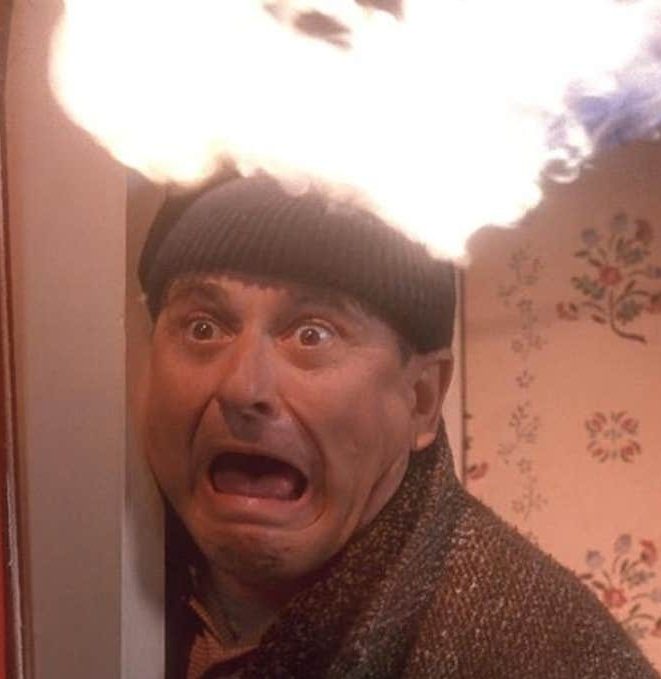
The slapstick humour of the cat and mouse chases between Kevin and the burglars are obviously the most memorable parts of the Home Alone franchise.
[rtk_adunit_top]
With that said, if you haven’t seen this movie since you’re a kid, you’re probably grossly underestimating the brutality that Kevin is capable of.

In the first film alone, the injuries Kevin inflicts on Harry and Marv are enough to cause lasting and serious damage and are more than enough to kill the pair when taken cumulatively.
[rtk_adunit_middle]
Actual studies have been done to rank each of Kevin’s pranks on the deadliness scale, and the findings make even Macaulay Culkin’s cutest acting seem downright sociopathic.
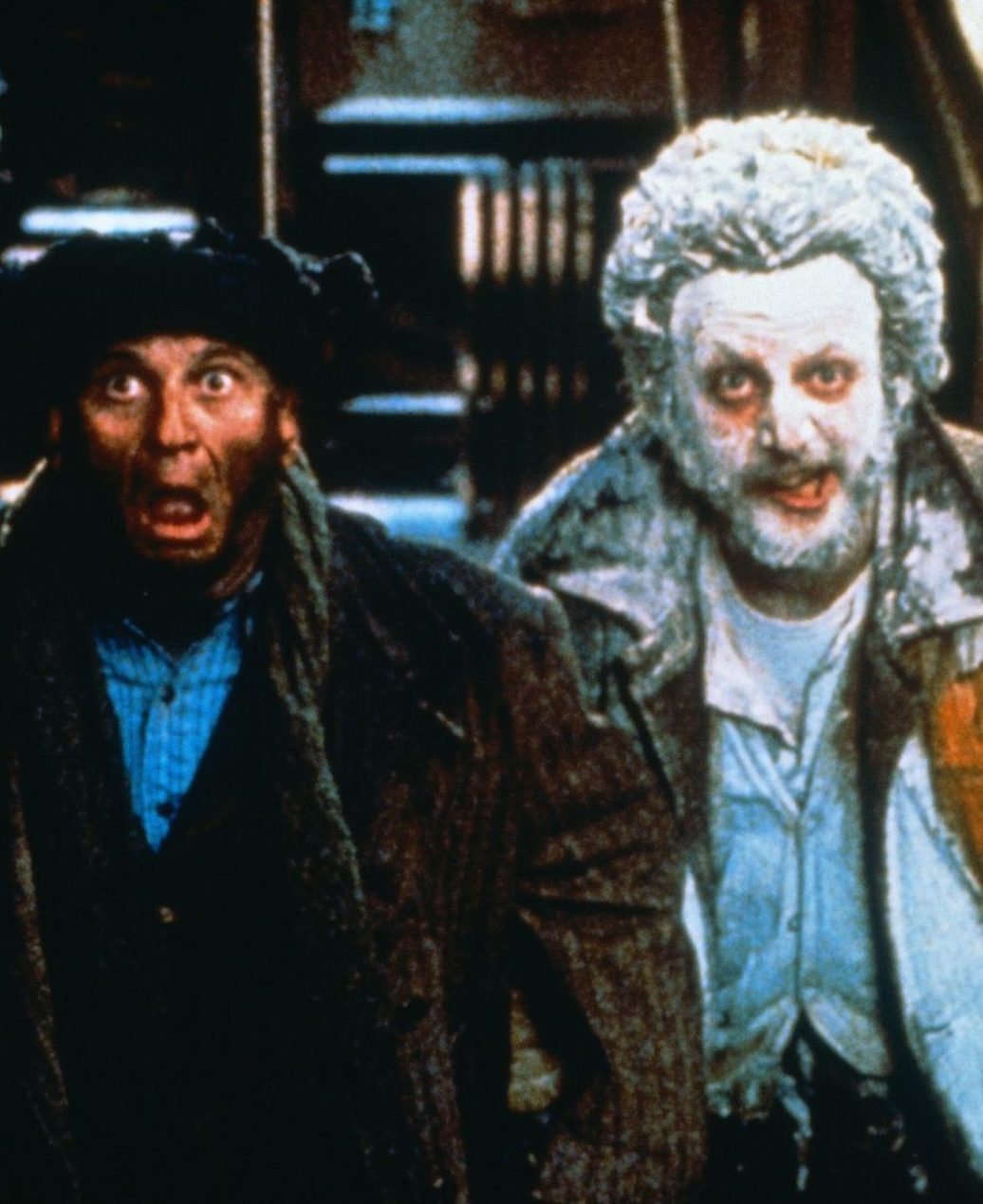
Kevin’s little trick with the flame thrower, for example, causes a burn severe enough to kill the cells in Harry’s skull, which would cause his head to rot away and cave in shortly after the film ends.
[rtk_adunit_bottom]
Not only that, but Kevin’s trick with the superheated doorknobs would most likely lead to hand amputations, while the litany of things dropped on both burglars’ heads would require extensive plastic surgery and most likely brain damage rehabilitation. Funny, right?
He has violent hallucinations
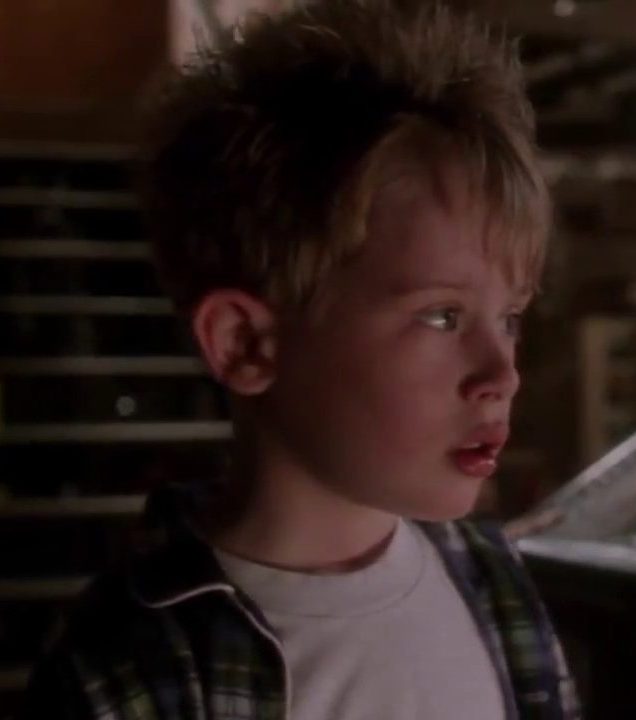
It could be argued that the extent of all the violence in Home Alone is a complete accident, and Kevin is just a sweet boy determined to protect himself by any means necessary.
[rtk_adunit_top]
However, Kevin’s actions earlier in the film show that he’s not as normal and well-adjusted as you might expect, but is instead paralysed by serious bouts of rage and fear.
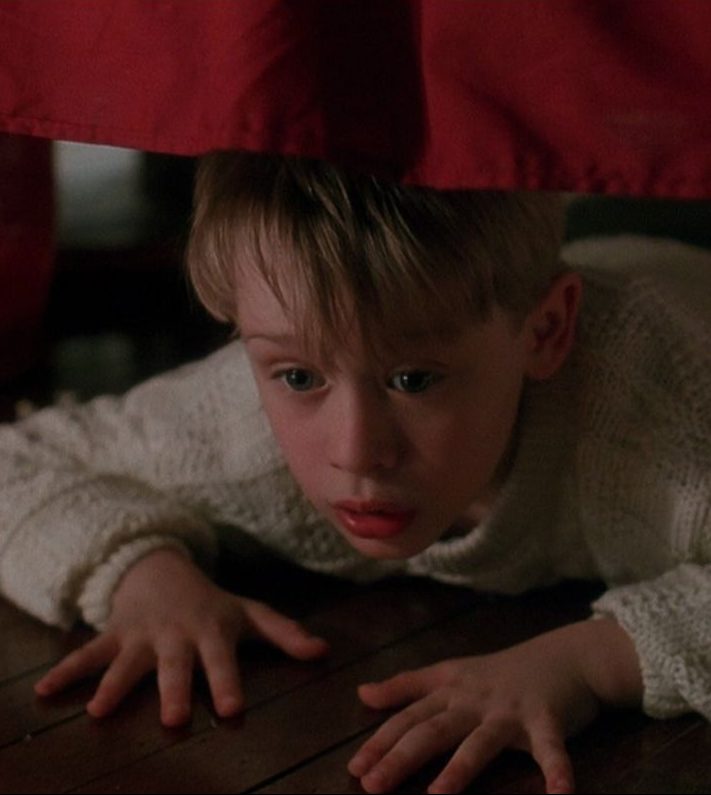
We’ve already looked at how Kevin’s temper bursts out of him at unexpected moments, but there’s also the problem of his constant visual and auditory hallucinations.
[rtk_adunit_middle]
When we first find out that Kevin is afraid of the basement, it seems like the perfectly normal response of a kid to a place that is cold, dark and full of cobwebs – but Kevin’s response goes way beyond ordinary.
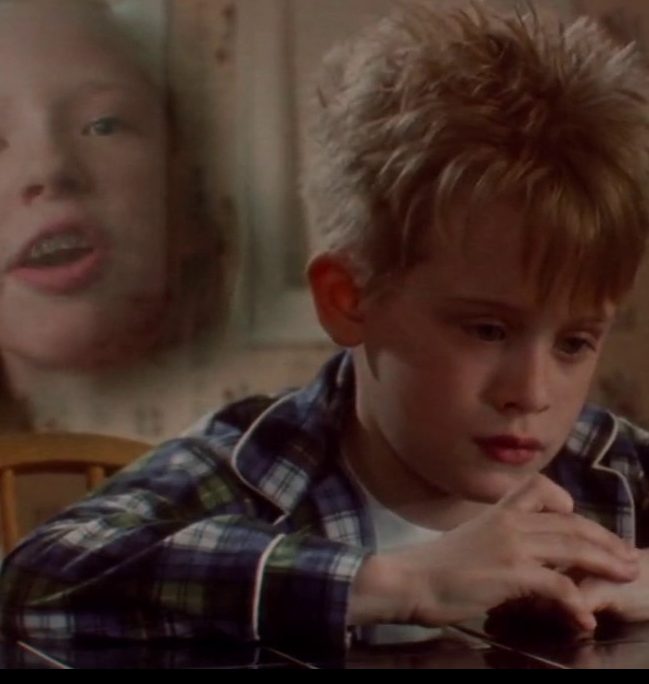
It’s not the dark basement that he’s afraid of at all; instead, Kevin is scared of the furnace, hearing it make horrifying noises and seeing it twist and distort whenever he passes it.
[rtk_adunit_bottom]
Given the realism of the rest of the film, it’s reasonable to assume that Kevin really does think that the furnace is coming to life for revenge when he imagines it doing so, which points to a serious and potentially damaging phobia that might explain his need to protect himself.
He has no respect for privacy

Throughout the first Home Alone film, we see that Kevin’s extended family are a huge part of Kevin’s life, unfortunately often getting in the way and generally robbing him of any privacy.
[rtk_adunit_top]
You’d think that because of that Kevin would have a tendency to respect people’s space since, in group settings, it’s often his space that gets shrunk and squeezed the most.

In fact, the opposite is true: Kevin is a menace who is obsessed with spying on his family and peers.
[rtk_adunit_middle]
In certain situations, like fighting off comedically stupid burglars, Kevin’s ability to skulk around is actually pretty useful, but that only points to some super weird habits in his ordinary life.
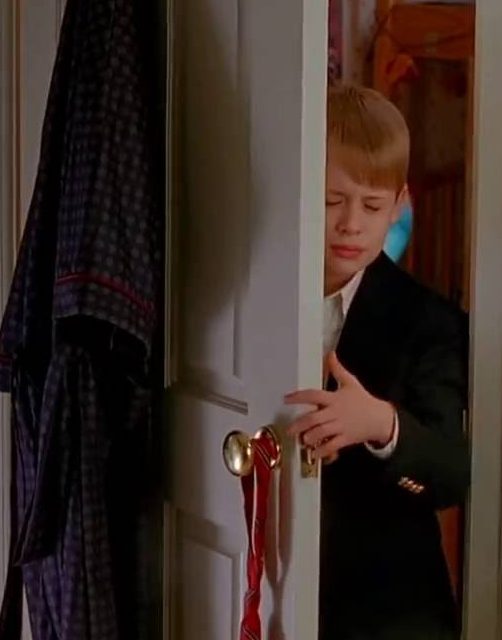
Kevin is constantly listening in to his parent’s conversations and isn’t afraid to infiltrate the rooms of his relatives and rifle through their stuff.
[rtk_adunit_bottom]
As if that isn’t bad enough, Kevin has no qualms about walking in on people in the shower, and even secretly recording their voice during super intimate and private moments.
He lets his neighbours’ houses get destroyed
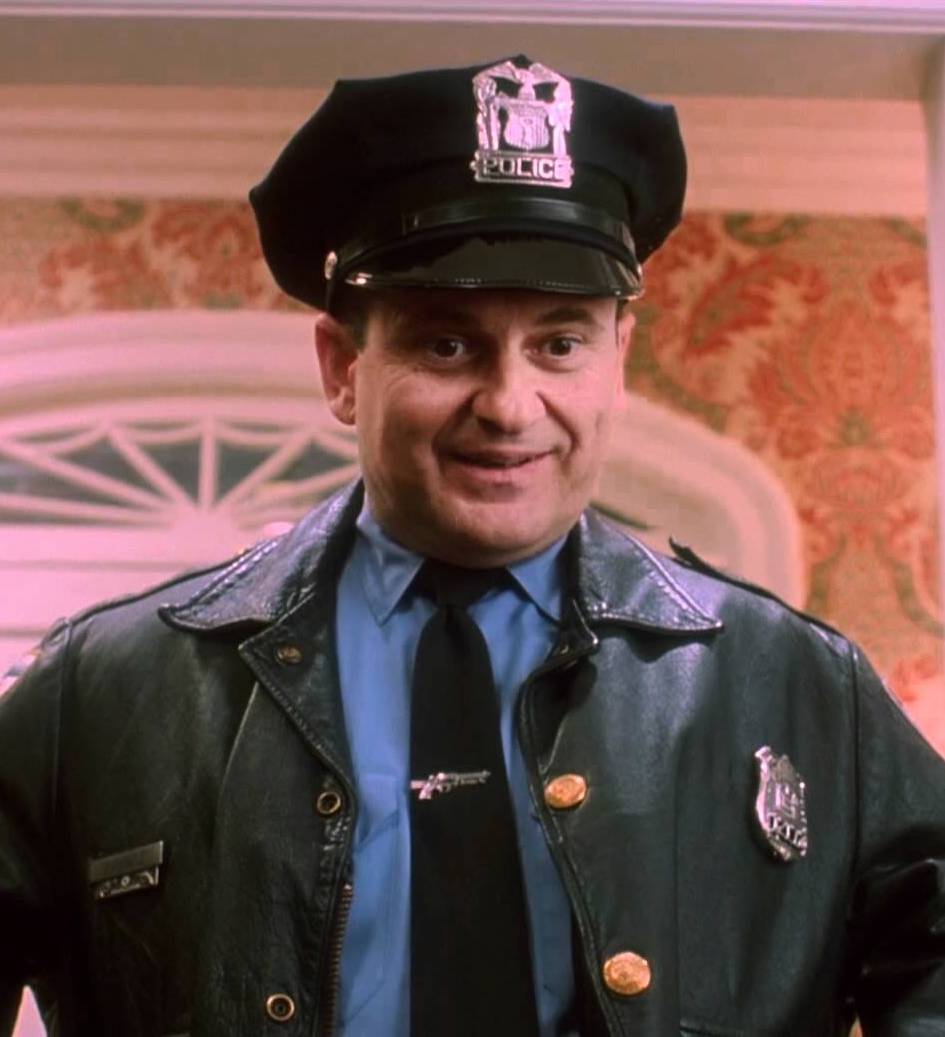
Kevin might be the protagonist of the Home Alone movies, but he’s hardly the only one who gets dragged into the story.
[rtk_adunit_top]
Even discounting the stress characters like the Pigeon Lady and Old Man Marley go through thanks to their proximity to Kevin, as well as the dozens of hotel guests and staff that are led to believe they are in the midst of a fight for their lives, the people unlucky enough to live next door to Kevin also have their lives ruined.

When Kevin’s own basement is flooded thanks to his antics, we see evidence that it is not just his own house that is affected, but that of his neighbours as well.
[rtk_adunit_middle]
Not only that, but Kevin actually realises that this is happening, and still declines to say anything in case it gives the game away on his holiday torture vacation.
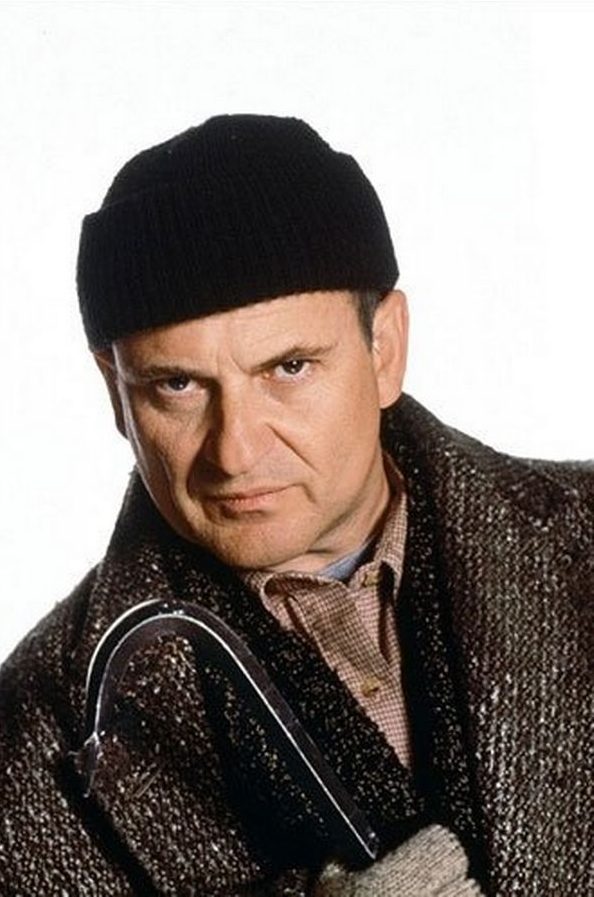
Even worse, Kevin suspects the Sticky Bandits and watches as they loot his neighbours of all their precious valuables, and he still says nothing in case it leads to him getting grounded.
[rtk_adunit_bottom]
He’s a compulsive spender
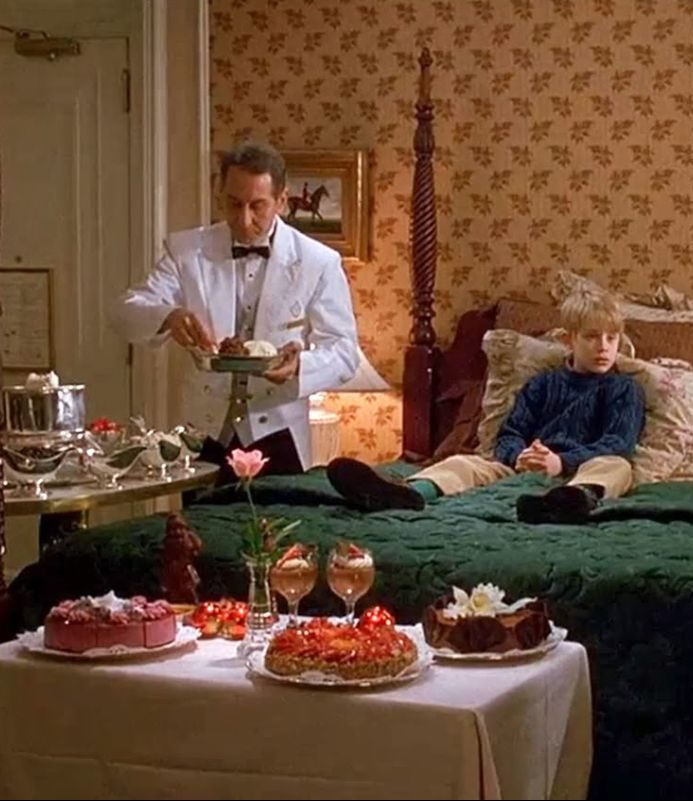
Speaking of reaping the benefits of an unfortunate situation, Kevin proves in both Home Alone movies that he believes his family should pay for leaving him behind, both emotionally and financially.
[rtk_adunit_top]
In the first movie, he completely and utterly destroys the family home, running up a repair bill that would easily inch into the thousands of dollars.

In the second movie, meanwhile, Kevin chooses to go on a huge spending spree instead of just asking the authorities to look after him until he could be rescued, and he makes several choices that could only be based on greed.
[rtk_adunit_middle]
For example, why would Kevin choose to stay at the glitziest hotel he could possibly find, other than to live the high life at the expense of his parents’ bank account?
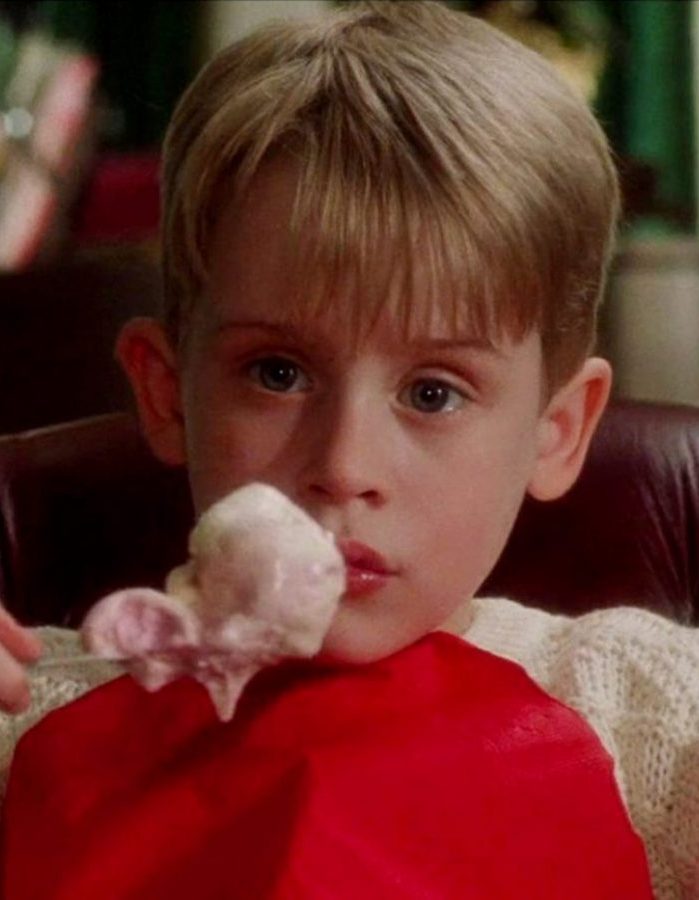
Why would he order enough room service to easily add a few more hundreds to the bill, as well as paying for movie rentals, and gorging himself on the in-room snacks?
Kevin even hires a limousine to drive him around, which is another outrageous expense that could only be motivated by spite.
[rtk_adunit_bottom]
He doesn’t have a single friend
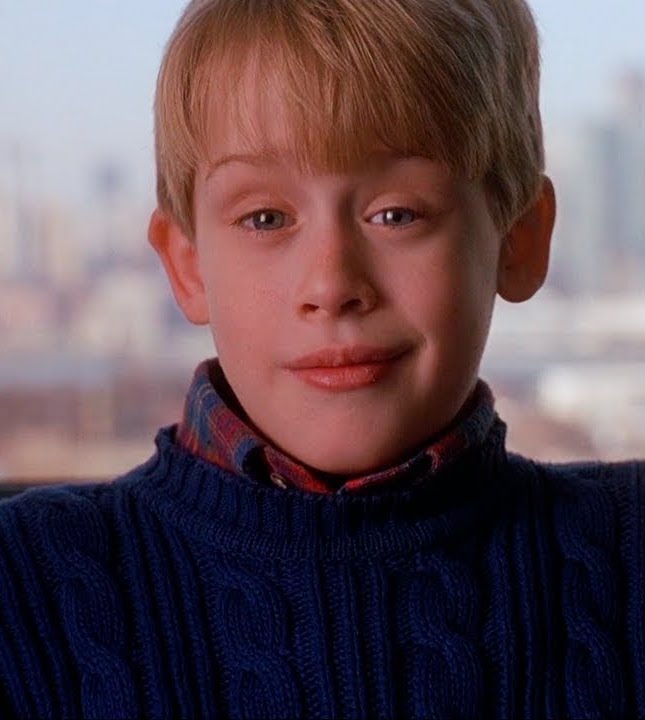
Despite what the titles of the movies might suggest, Kevin spends almost no time in the Home Alone films entirely alone.
[rtk_adunit_top]
He’s either surrounded by extended family, battling his way through crowded city streets, or locked in a serious battle with two wacky burglars and a legion of hotel staff.
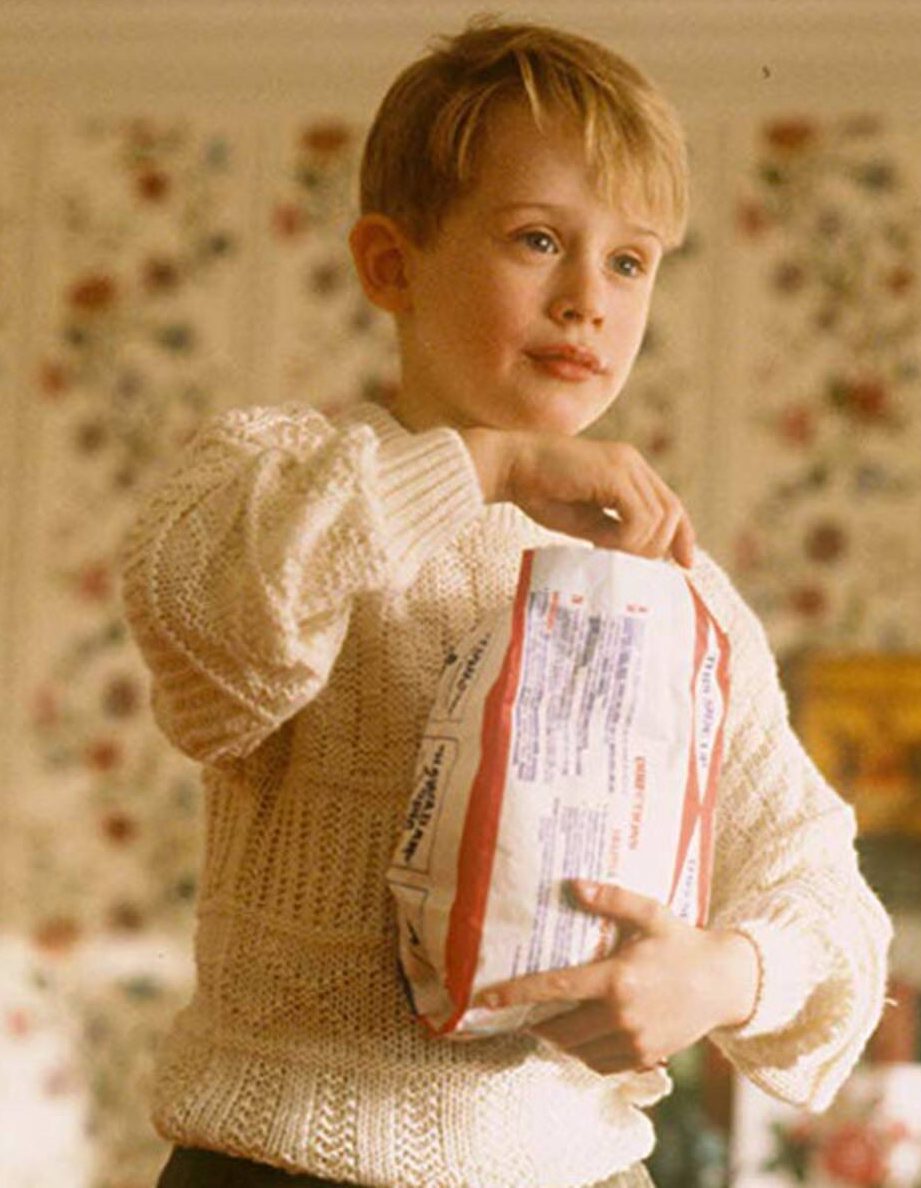
With that said, for all the people Kevin interacts with throughout the combined runtime of the Home Alone movies, we never see him interact with a friend.
[rtk_adunit_middle]
Sure, we get to see him realise that the terrifying adults he’s been afraid of aren’t so scary, and those adults usually come around to acting kindly towards him, but we never see Kevin interact with a single person his own age who doesn’t hate him.

One interpretation of this is that all Kevin’s many beloved schoolfriends are simply on vacation for the holidays, but his needy, impulsive and overly-emotional behaviour suggests a different reality.
Simply put: he probably doesn’t have any friends at all.
[rtk_adunit_bottom]
He’s manipulative

What’s the reason that the Home Alone franchise has remained a beloved family classic, despite the fact that the protagonist is an undeniable sociopath?
[rtk_adunit_top]
It’s quite simple: Kevin is so manipulative that he is capable of tricking an audience into believing he is totally angelic, even as he tricks the characters on screen.
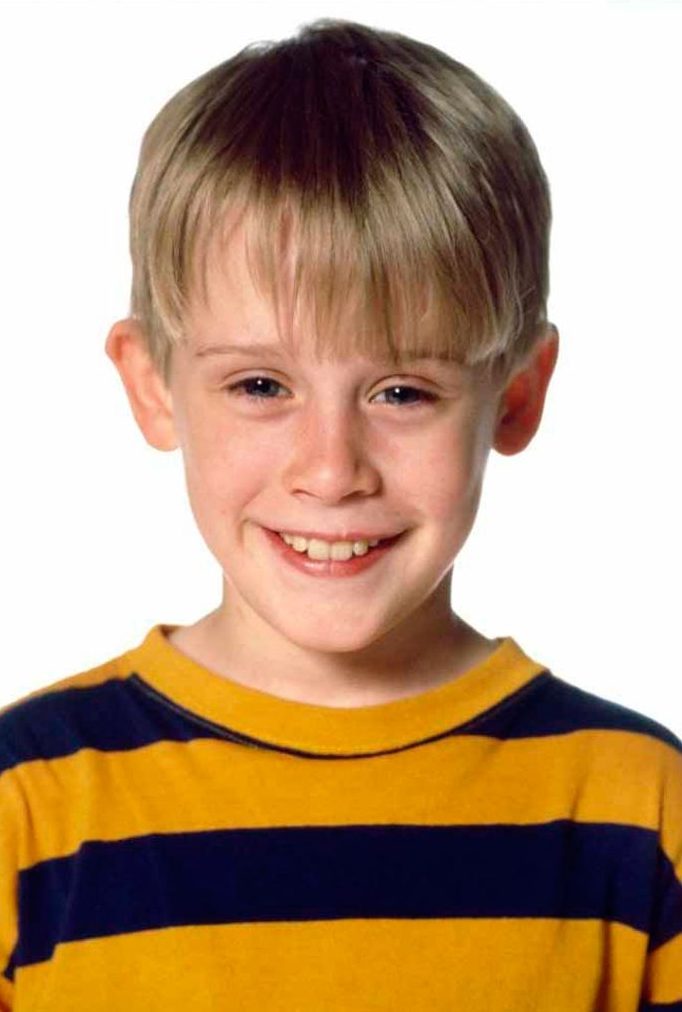
From talking his way out of a potential confrontation at the grocery store, to making himself seem small and harmless to the Wet Bandits, Kevin is an expert at making people believe exactly what he wants them to.
[rtk_adunit_middle]
He manages to go a significant amount of time staying at a luxury hotel before anyone suspects a thing, and he constantly takes taxis, walks around completely alone, and talks to strangers – without ever losing control.
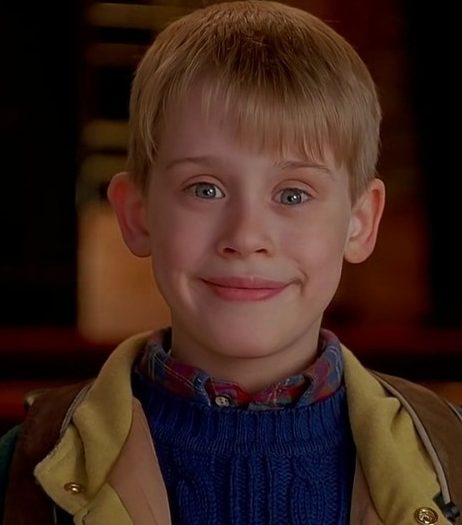
Maybe most surprisingly, when his mother gets home after he destroys the house and almost destroys the lives of two fully grown men, Kevin doesn’t even get in trouble. What is that, if not total manipulation?
[rtk_adunit_bottom]
He’s obsessed with violence
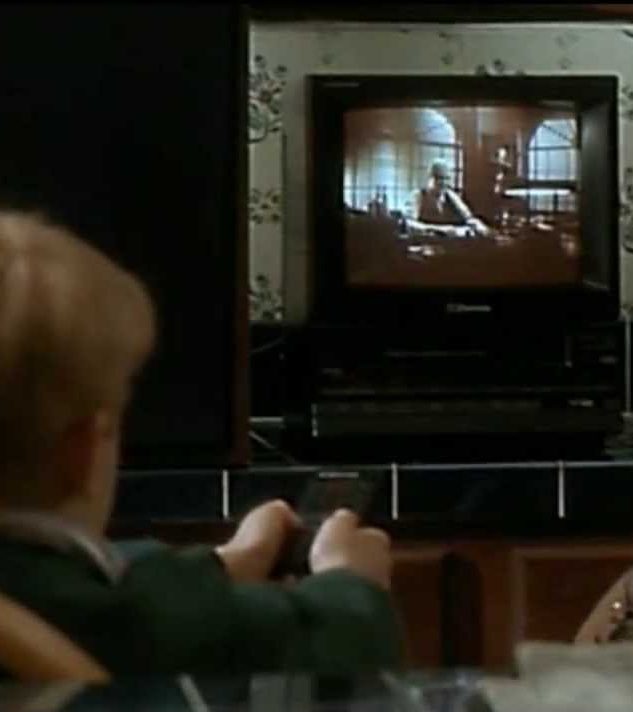
Kevin is pushed to violence pretty early in the first Home Alone, and then is forced to create booby traps to protect himself both in the sequel and in Home Alone 4: Taking Back the House.
[rtk_adunit_top]
This should be a pretty traumatising adjustment for a kid to make, but Kevin takes to this new level of violence like a duck to water.

He watches violent movies, he idolises his neighbour who he believes is a serial killer, and he handles a gun with ease and knowledge.
[rtk_adunit_middle]
We see Kevin smirk with satisfaction several times in the first movie – is that because he’s just defended his house and his life? Or because he likes the sight of someone tumbling down the stairs?
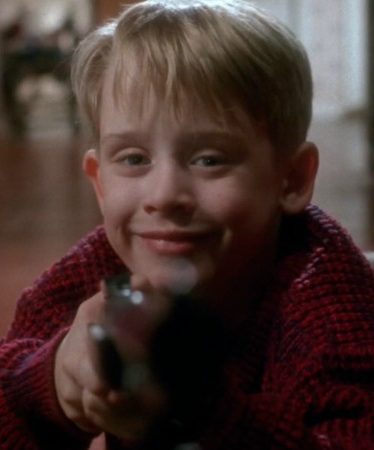
Any normal, well-adjusted kid would respond to the events of the first movie by avoiding building torture devices ever again and maybe trying to live a safer life, but Kevin gets super excited to be once again at the trap-making in every sequel.
[rtk_adunit_bottom]
He’s super sheltered

The strange thing about Kevin is that as violent, rage-filled and determined as he is, he’s also seriously sheltered.
[rtk_adunit_top]
Kevin is scared of his siblings, his older relatives and the outside world in general, as seen in the way it takes him a few tries in the first movie to get further than the end of his drive.
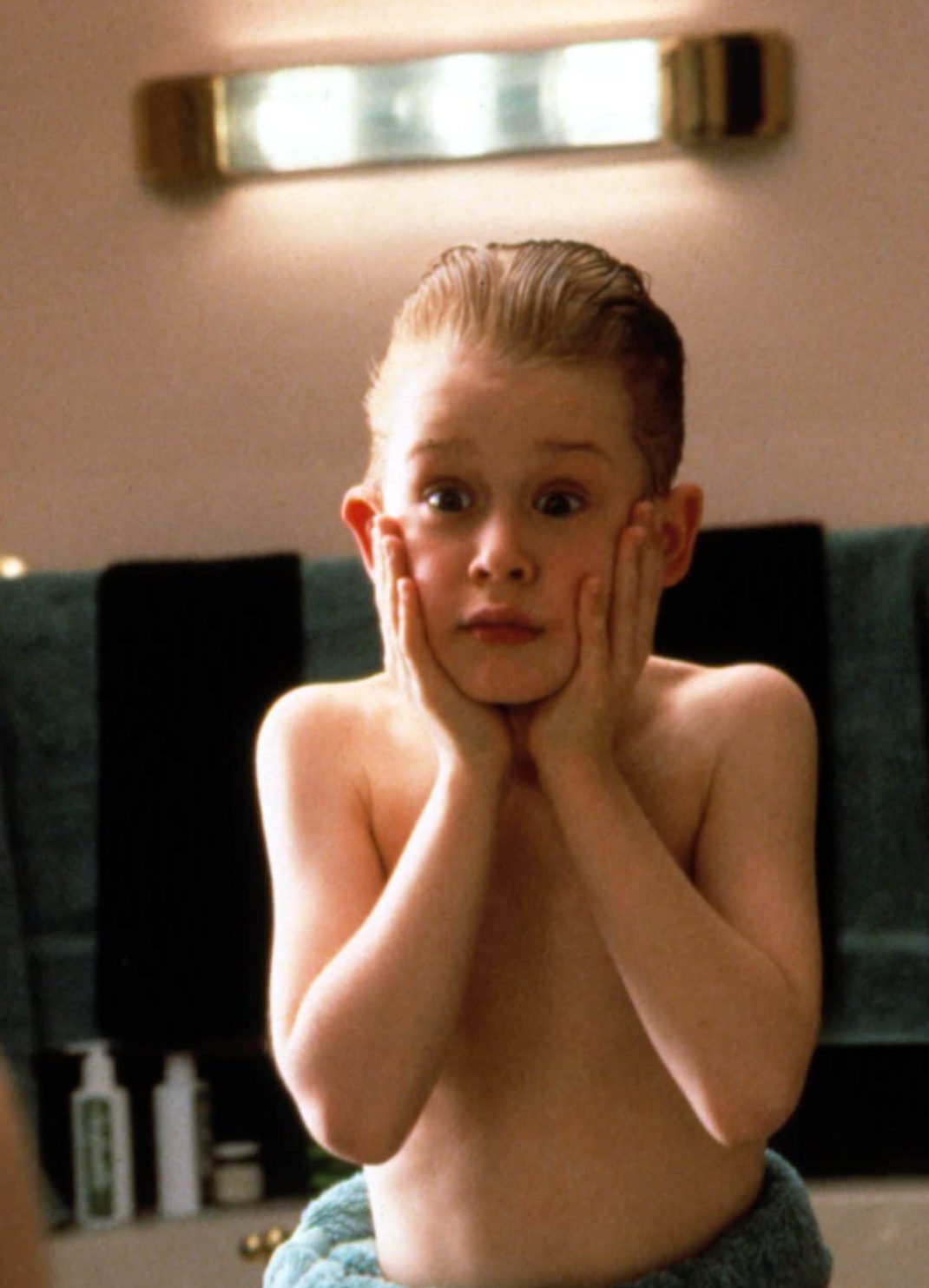
Even weirder is Kevin’s phobia of the attic, not a usual fear to have, but one that this sheltered little Lord Fauntleroy possesses, of course.
[rtk_adunit_middle]
The attic in the McCallister household is not particularly scary, or particularly dark, or even the kind of place where you would expect there to be spiders.
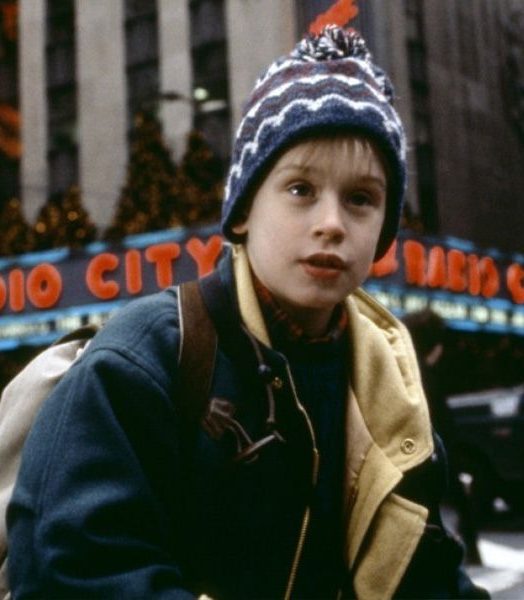
Nevertheless, Kevin tells his mother that he’s scared to be sent to bed up there, and that his fear of the attic is almost equal to his fear of the (admittedly, much scarier) basement.
[rtk_adunit_bottom]
He’s unfathomably annoying

Throughout the Home Alone franchise, Kevin is portrayed as a pretty sympathetic person.
[rtk_adunit_top]
We see him get overlooked by his parents, bullied by his siblings, belittled by his older relatives, and exposed to casual callousness by people on the streets of New York.
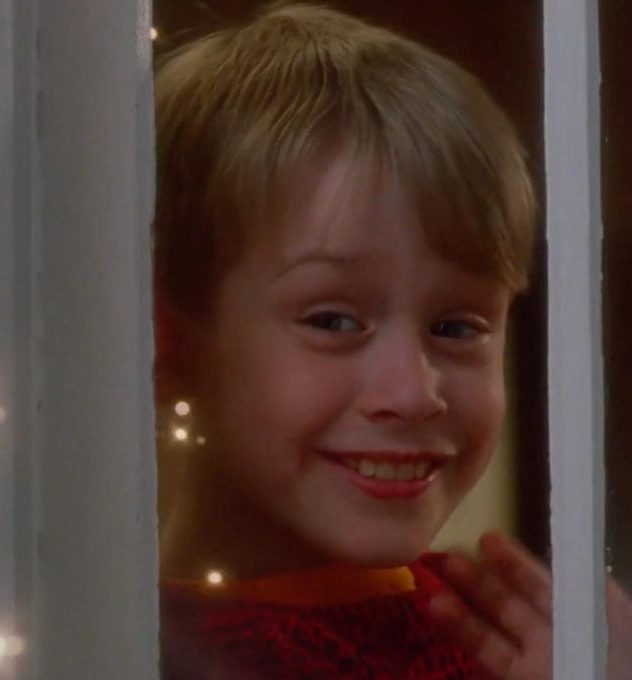
When you think about it, however, there has to be a reason why Kevin is so completely reviled by his family.
[rtk_adunit_middle]
Uncle Frank calls Kevin a “little jerk”, while his cousin calls him “a disease”, but this is obviously not how the family all talk to each other by default. In fact, they mostly seem to get on with each other and exist in the same chaotic harmony, Kevin excepted.

The obvious explanation for this is that before the events of the first movie, Kevin was just an absolute menace to his siblings, uncles and cousins, resulting in their annoyance. Given his skills of pranking and trap building, this seems like a pretty likely explanation.
[rtk_adunit_bottom]
He ruins his father’s relationship
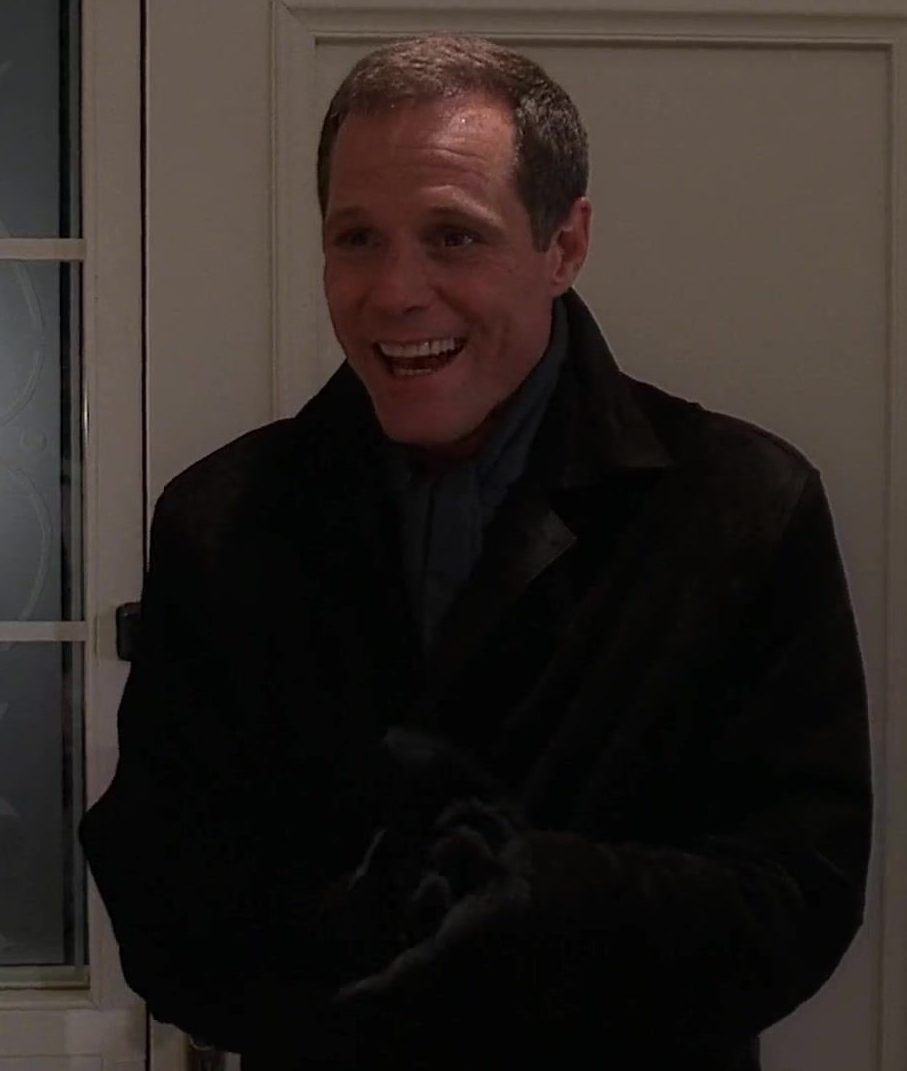
For all the time that Kevin spends alone in his house, traversing the city of New York by himself, or navigating the etiquette of expensive hotels, his emotional age and understanding never change.
[rtk_adunit_top]
Even by Home Alone 4, which would feature a teenage Kevin McCallister (had he not be recast and forcibly aged down), Kevin considers himself the most important person in the family, to the point of destroying the lives of those around him.

Kevin spends the entire fourth instalment of the series living in the lap of luxury thanks to his father’s new girlfriend, who is exceptionally wealthy.
[rtk_adunit_middle]
Despite being kept in chocolate milkshakes and TV marathons thanks to her, Kevin makes it his mission to expose her as some kind of evil stepmother and reunite his dad with his mother.

This could have been quite sweet, but both Kevin’s parents are drastically unsuited to each other, hence why they are considering divorce in the first place.
[rtk_adunit_bottom]
He’s too toxic to be around his siblings

There are many strange elements to Home Alone 4: Taking Back the House, not least the dramatic ageing down of Kevin, the complete change in actor, and the more inexplicable change of him becoming a brunette.
[rtk_adunit_top]
Maybe the most sinister change, though, is that two of Kevin’s siblings just aren’t around anymore, something that is simply never addressed.
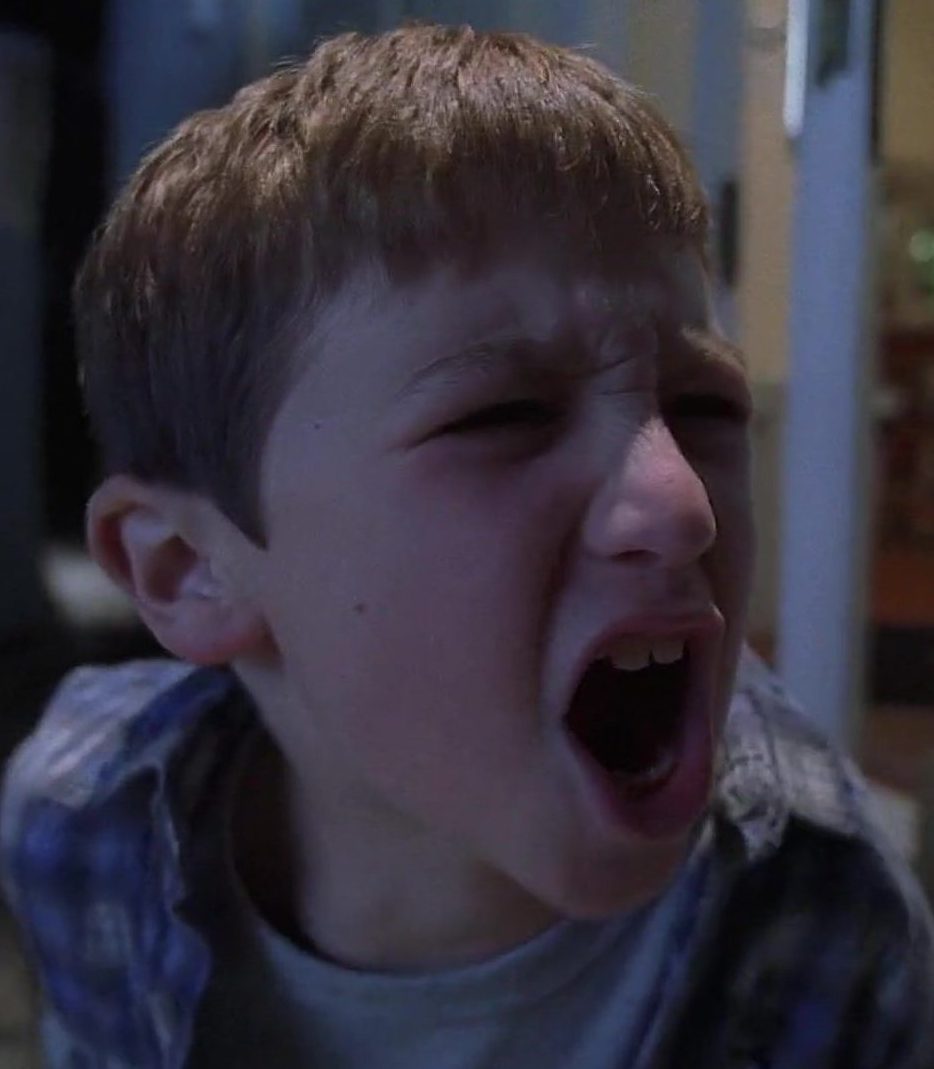
We see elder bully Buzz and world-weary Megan sitting next to Kevin on the couch but Jeff and Linney, who are easy to spot in the first two movies, are nowhere to be seen.
[rtk_adunit_middle]
Given that they are not living with the freshly estranged father, and the family have downsized to a much smaller house, there is only one explanation.

Either the two younger siblings were rehomed after living in the shadow of Buzz and Kevin’s constant yelling, fighting and scheming – or one of Kevin’s trap ideas went south in a truly unfortunate way.
[rtk_adunit_bottom]
He’s not welcome in his own neighbourhood

On a similar note, Home Alone 4 opens on a shot of the McCallister household, but it’s not the household that we know and love.
[rtk_adunit_top]
It is much smaller, much less grand, and is in a totally different neighbourhood, and we’re never given a clear reason for why this is.

With that said, it’s easy to theorise about the explanations, and most of the possible ones involve Kevin as the central factor.
[rtk_adunit_middle]
Maybe Kevin was so traumatised by the violence associated with the house that the whole family relocated in solidarity. Except… we’ve already established that Kevin definitely isn’t upset by violence.
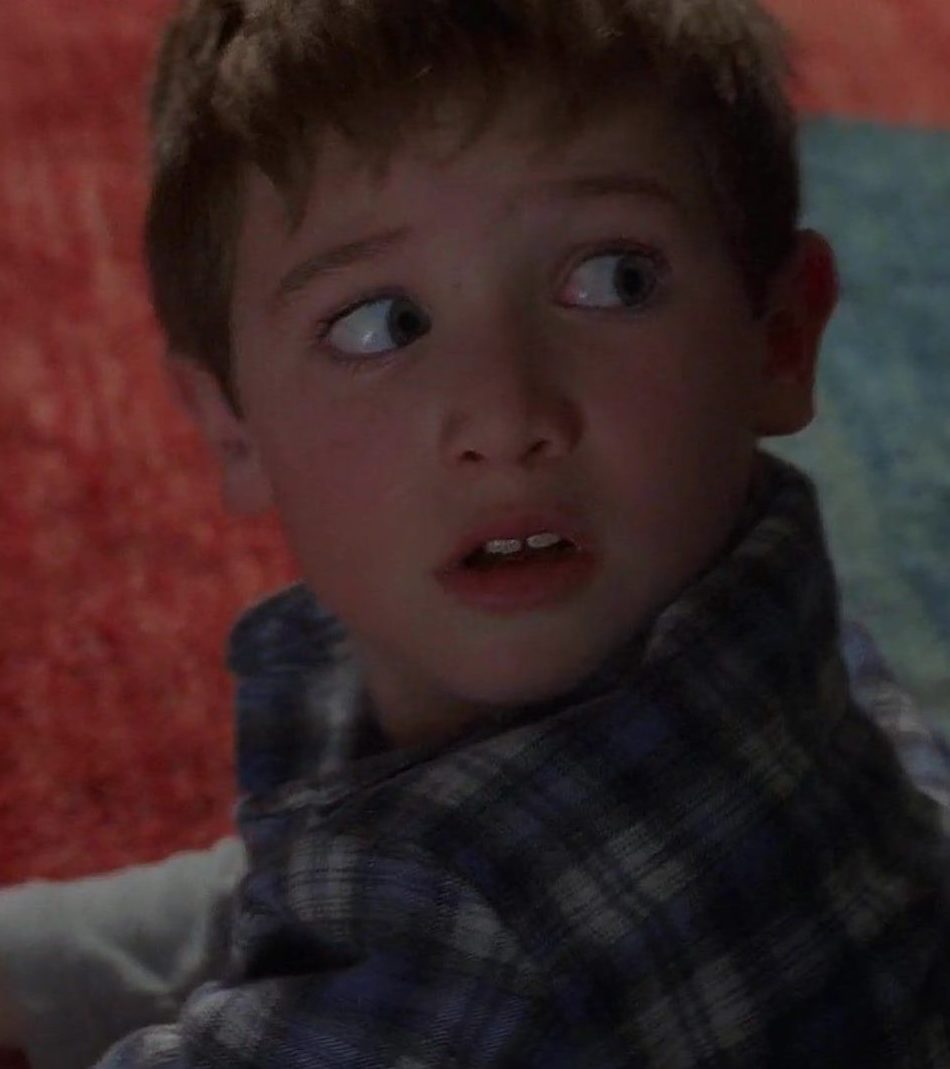
More likely, then, is that Kevin’s destructive tendencies either monetarily affected the family to the point that they had to downsize, or Kevin’s behaviour made him such a liability in the eyes of the neighbourhood that the whole family was asked to leave.
[rtk_adunit_bottom]
He’s super judgemental
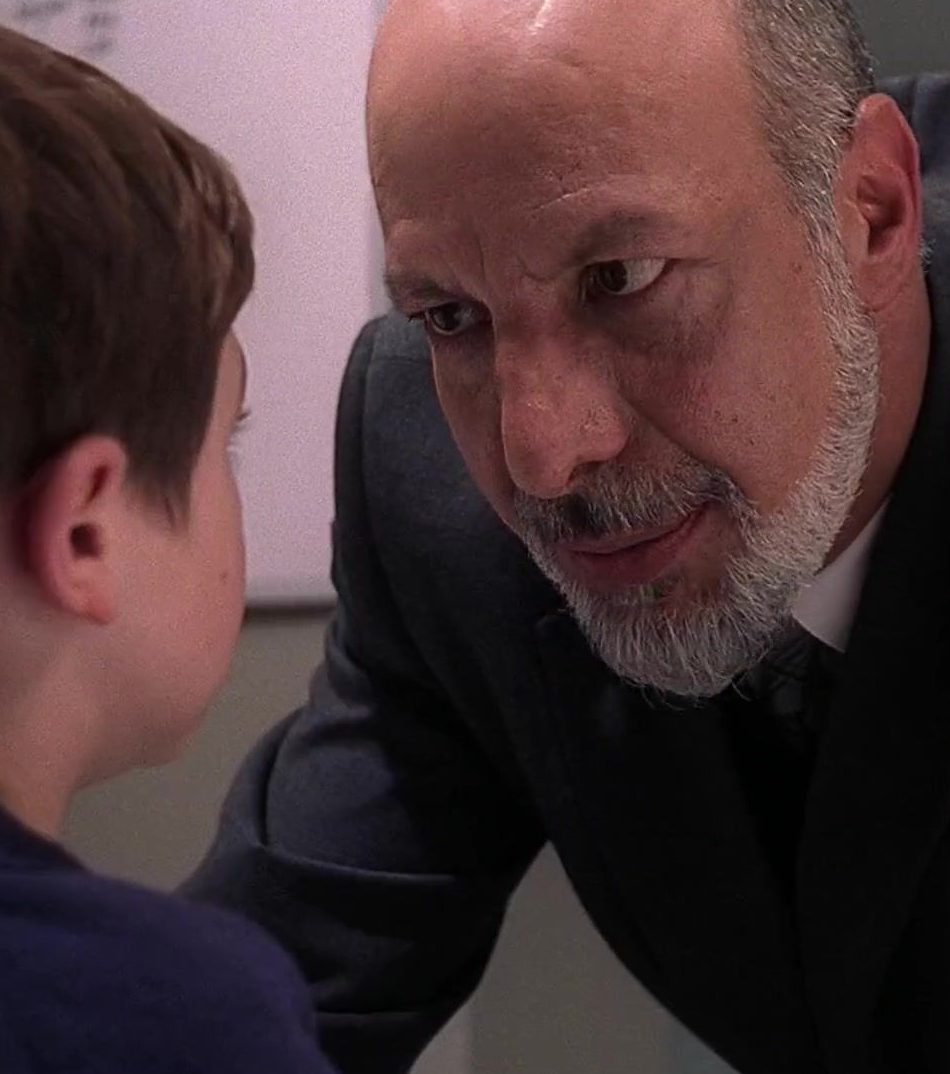
Kevin of all protagonists should know that appearances can be deceiving, as a tiny, bottle-blond kid with a secret rage who can take down basically any adult criminal.
[rtk_adunit_top]
However, despite him knowing that nobody is exactly what they appear to be on the surface, Kevin still pre-judges everybody he meets.
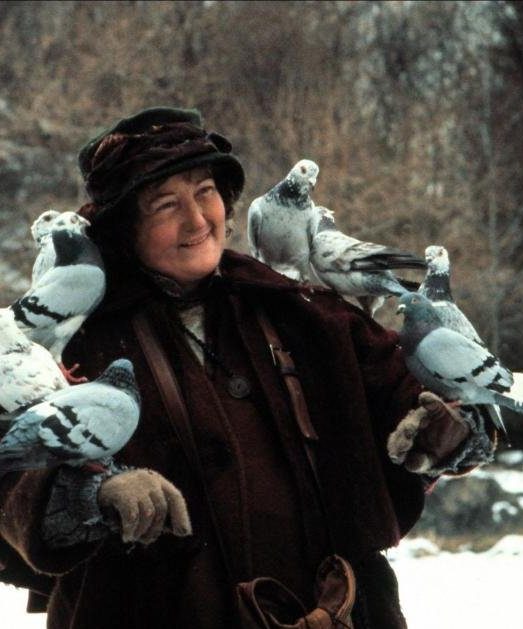
Whether it’s remaining steadfast that Old Man Marley is out to get him, or being convinced that the Bird Lady in New York is some kind of sinister, insane witch – it takes almost a whole movie in either case for him to go back on his earlier opinion.
[rtk_adunit_middle]
Even in the fourth movie, Kevin is still suspicious of Mr. Prescott, who is nothing but dedicated to his job the whole movie.

This must seriously impair his ability to go to school or make friends, since he must see evil adults behind every corner and enemies in every classroom.
[rtk_adunit_bottom]
He has no loyalty

The inciting incident in Home Alone 4: Taking Back the House is that Kevin must choose whether to spend Christmas with his mother and family, or with his father and his new girlfriend Natalie.
[rtk_adunit_top]
Kevin’s siblings, both Buzz and Megan, decide to stay with their mother – despite the fact that the house is much smaller, and has far fewer luxuries.

Kevin feels absolutely none of the loyalty that his siblings display, and jumps at the opportunity to leave them all behind.
[rtk_adunit_middle]
He does have the good sense to seem begrudging about it, but then immediately jumps right into the lap of luxury at Natalie’s house.
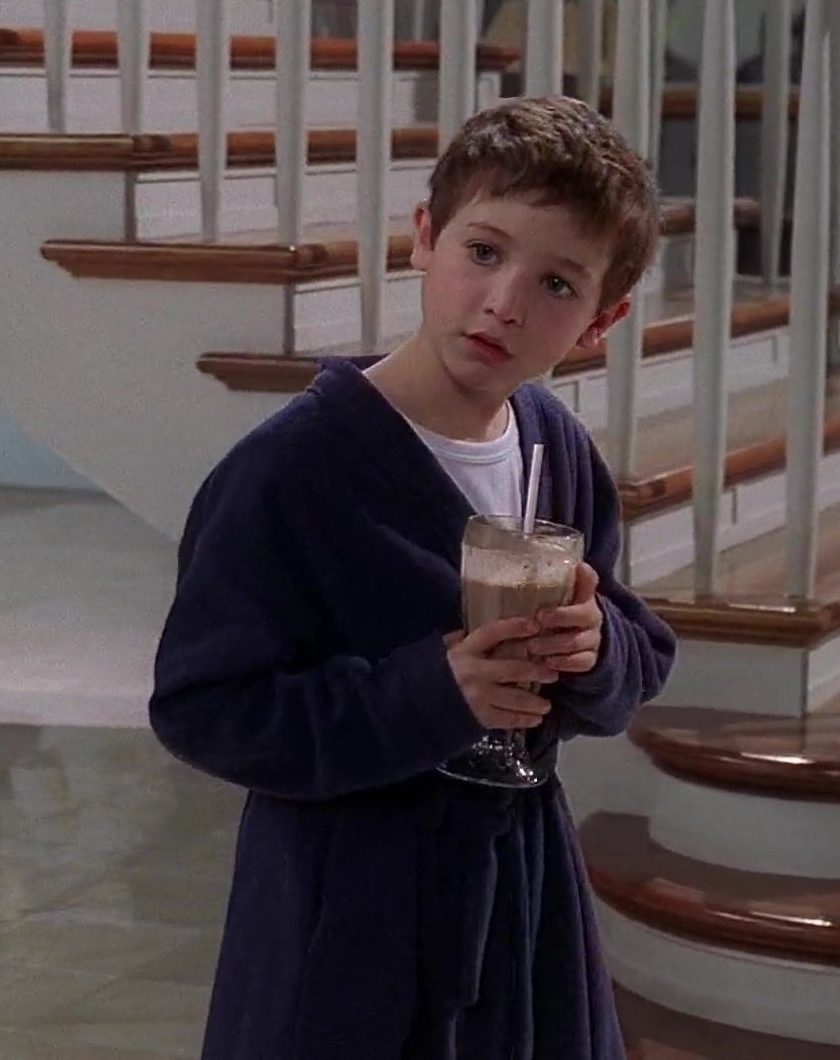
He then spends the whole time trying to ruin the hierarchy of the house and ruin the girlfriend’s life, just showing that he’s ungrateful wherever he goes.
[rtk_adunit_bottom]
Even the fan theories say that he’s the villain
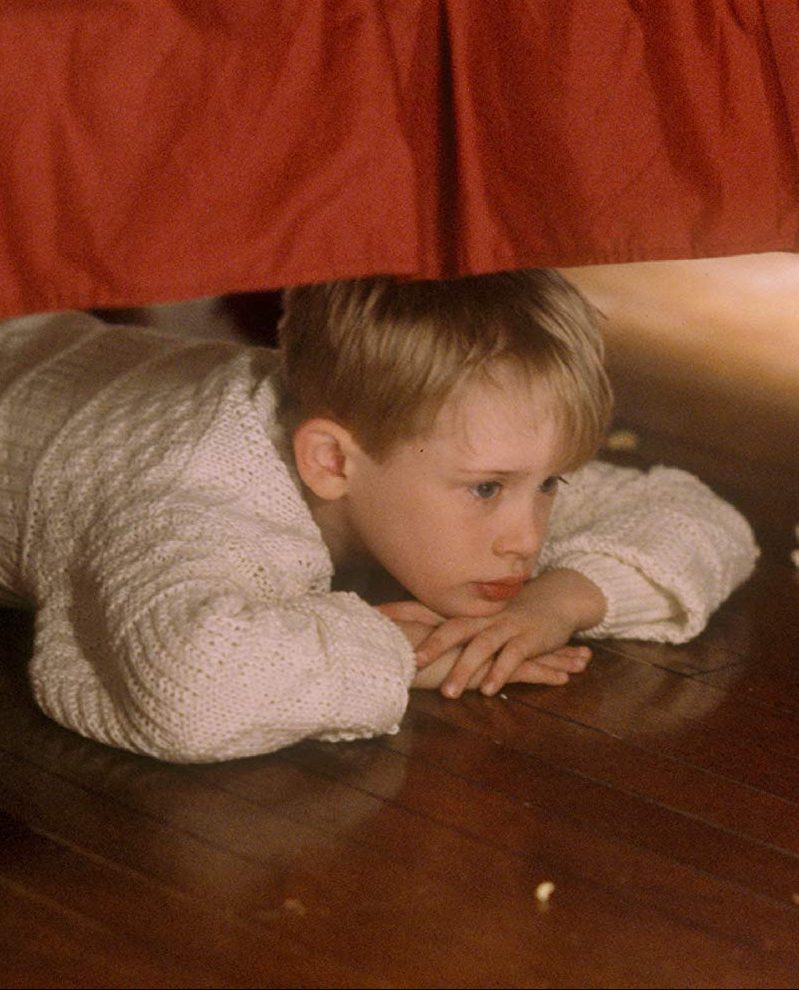
For an adorable Christmas film that dozens of families watch every year, there are a lot of fan theories centred on Home Alone, and almost all of them are pretty morbid.
[rtk_adunit_top]
One of the main ones is the sold soul theory, which states that John Candy’s character in the first movie is actually the devil, and Kevin’s mother Kate sells her soul to him to get back to the house.

However, another similar theory states that Kevin isn’t just a sweet young boy at all, but an evil poltergeist who isn’t aware that he’s dead.
[rtk_adunit_middle]
None of the rest of the family can see him, but they’re all aware of his presence, and they actually go on holiday to get away from his antics for a couple of days.
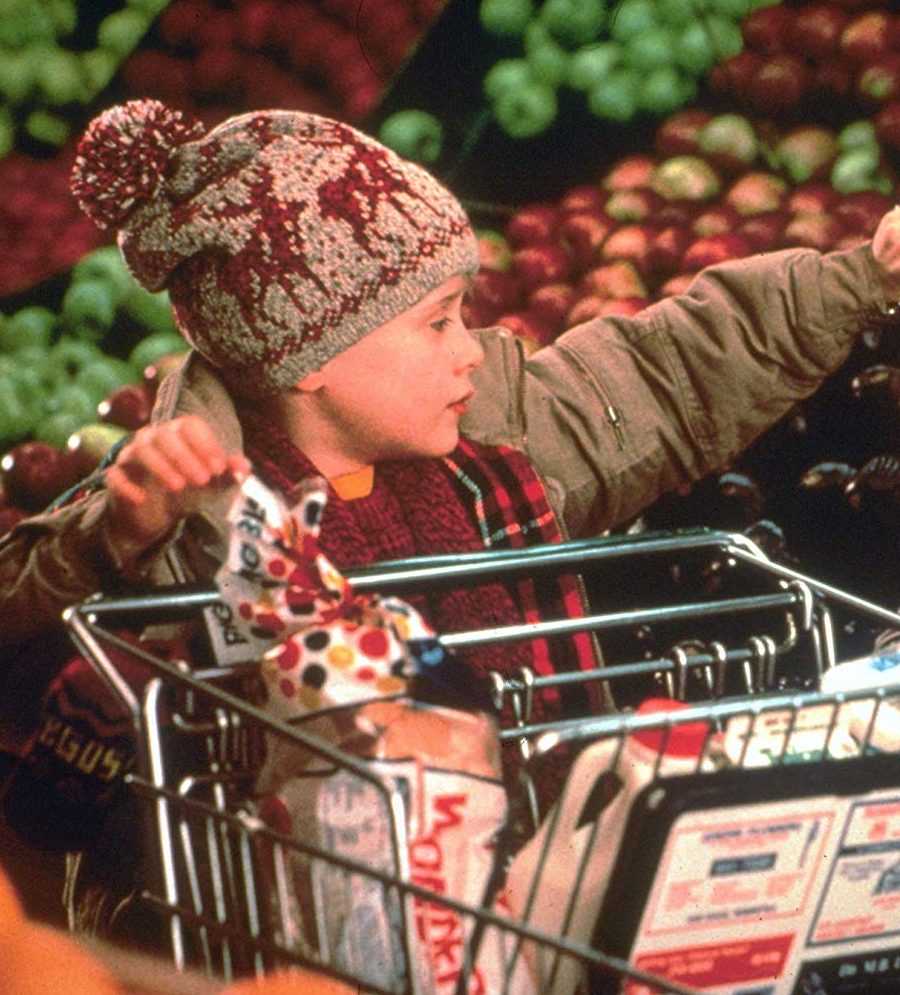
That would explain Kevin’s fear of both the attic and the basement, as well as his inability to leave the end of his drive.
[rtk_adunit_end]
Simply put, he’s trapped in the house, unable to descend to hell or ascend to heaven.

